Crowdfunding campaigns, as described by the National Council of Nonprofits, are “arranged around high-energy, community-building events.”
Viral success stories of crowdfunding campaigns cloud the industry, but intentionally going viral is a beast in itself; the internet can be unpredictable. You can’t always generate online momentum, but you can set up your campaign to ride the wave when it arrives.
In this article, we’ll discuss the direct impact that algorithms have on crowdfunding’s momentum and how to position your campaign for potential success. But first, let’s delve into what crowdfunding is and what sets it apart from other types of fundraising.
Crowdfunding Basics: How it Differs From Other Fundraisers
Crowdfunding falls under the umbrella of “fundraising” but differs from the traditional methods of fundraising in a few ways. Traditional fundraisers come in in-person or virtual variants. Crowdfunding stays exclusively online due to the large audience, accessibility, and outreach capabilities. As a result, crowdfunding is often subject to the same rules of the internet as digital marketing, which we’ll discuss in the next section.
Crowdfunding relies on a large group of people to donate toward a cause. Since many of these donations come from online strangers, pledges tend to come in smaller chunks per donor. Some of these online supporters might not have much to spare, or they hesitate at the idea of donating a large amount of money to an organization they first heard of five minutes ago. By comparison, traditional fundraising can target smaller, dedicated pools of supporters who donate in larger chunks.
The final distinction comes in the form of a specific timeline. Most crowdfunding platforms require campaigners to designate the total funds it needs to earn before the deadline. Be aware of the terms and conditions on each platform; some won’t release the funds to campaign owners unless the target goal is met (they refund the donors). Other sites charge a small percentage of each donation. These caveats can vary, and companies might set different terms for nonprofits. Check each platform’s terms and conditions before creating a campaign.
Traditional fundraisers often include a target amount to reach before the campaign’s end, but there’s no external company that charges the organization or holds it accountable if the goal isn’t met.
In truth, crowdfunding doesn’t look all that different from posting a fundraiser on your own website. However, the staggering amount of visitors on these platforms can give your fundraiser a better chance of being discovered and shared. Instead of drawing in viewers to your website, you bring a slice of it to them.
The Double-Edged Nature of the Algorithm
The same mysterious algorithms that recommend news stories and videos on your phone also run crowdfunding platforms. No one outside of the company knows exactly how the algorithm works, but we can form a solid understanding by examining general trends. These algorithms can directly affect a crowdfunding campaign’s momentum, and momentum can make or break a successful fundraiser.
Each platform creates its own algorithm, which it can modify and update without any warning. Similar to social media algorithms, crowdfunding algorithms hone in on what they deem “popular” and attempt to match viewers with campaigns they want to see.
The internet is hooked on viral success stories, like the famous Oculus Rift Kickstarter in 2012 that raised $2,437,429 in just 30 days. By watching other crowdfunding efforts shatter expectations, we foster the hope of finding similar windfalls by running our own campaigns.
That hope forms the cornerstone of crowdfunding business models, and algorithms reflect that. For better or worse, displaying successful campaigns front and center of platforms generates the best results, while struggling ones tend to be glossed over.
This creates a potential dichotomy in the industry; campaigns that start slow or need help likely won’t find it, while healthy campaigns are featured and gain a huge boost. The algorithm picks up on campaigns that have exceeded their goal, are close to finishing it, or already have a solid start within a short launch window.
While the sink-or-swim climate of crowdfunding sounds daunting, remember that algorithms run on data. Even if you don’t know the “exact” science, you can tap into the algorithm to increase your chances of running a successful crowdfunding campaign.
Learning From the Experts
Understanding the science behind algorithms forms a microcosm within online marketing. To get the most out of crowdfunding, you need to study your desired platform’s algorithm and the market as a whole.
If you plan to regularly use crowdfunding, you should consider creating a designated role in your organization to stay on top of the market. You can find plenty of online courses and articles covering the industry, so you can train an existing staff member or learn it yourself. However, someone with experience in online marketing might settle into the role much more easily since they’d be familiar with the breakneck speed of developing trends and techniques.
While platforms can modify their algorithms at any given time, experts can identify core elements that remain the same. Will Russell, a marketing entrepreneur who has helped crowdfunding efforts generate over $3 million, lays out simple rules and equations for campaign owners. Although Russell focuses on the enterprise side of crowdfunding, his guidelines can still work for nonprofits looking for a foothold in the industry.
“There are many commonalities between successful campaigns, but one now stands above the rest: a simple system that taps into crowdfunding platform algorithms,” he says.
For the best chance of success, a crowdfunding campaign should obtain 30% of its total goal within the first 48 hours of launching. Russell’s company now shoots for 50% within the same time frame, but the 30% rule sets the tone for the entire campaign. When crowdfunding efforts miss that goal, Russell describes the campaign as an uphill battle.
Position Your Campaign to Catch the Wave
Nonprofit crowdfunding campaigns that start with no backers can fade into obscurity. Creating a strong launch greatly increases the likelihood of reaching your target goal; the algorithm can pick up your campaign and boost viewership after it starts to generate lots of clicks. That said, 30% of a fundraising goal is no small amount, and producing that amount in the first 48 hours can be a feat.
To jump-start a nonprofit crowdfunding campaign, you can do what’s called a “soft launch”. A soft launch involves announcing the campaign to a limited group of dedicated donors or volunteers before the actual launch. These confidants are commonly referred to as the “inner circle” in the nonprofit sector.
Sending an email works well, but you can contact your inner circle through whatever method works best in your organization. Ask them if they’d be willing to pledge an amount to the campaign within the 48-hour launch window or ask others who might be interested.
Any past statistics regarding your inner circle and conversion rates (the number of people solicited versus how many donated) can help immensely. Russell also released this spreadsheet to help you estimate how many donors (referred to as subscribers on the sheet) you should gather in a soft launch to reach that 30% marker.
Remember that crowdfunding targets a large pool of people online who often contribute smaller amounts per donation. The algorithm doesn’t just take the amount raised into consideration, it also looks at how much online traffic your page generates. Finding a tiny group to donate the full 30%, let’s say $10,000, is fantastic. But a campaign that reaches that same amount through 10,000 donations of $1 can rank higher according to the algorithm.
Plan Smart: Launch Dates Matter
You can schedule your crowdfunding campaign around natural attention-magnets like the National Nonprofit Day in August, though the competition will be fierce. You might want to look into specialized holidays that line up with your cause, like World Water Day. Research relevant holidays or events and when people donate in that related time frame. Do most donations taper off the day after, or do they roll in for the next week as the fundraising page makes its rounds on social media?
Launching a campaign on a holiday to reach 30% might seem like a great idea, but you should couple soft launch strategies with holidays to gain the best results. Consider launching the campaign so a holiday falls after the crucial 48-hour launch but before the time frame’s halfway mark. That way, the momentum from launch might be carried past the midpoint instead of slowing down.
If you’re not on track to reach the 30%, then Russell suggests delaying the campaign: spend more time building your inner circle until you have enough donations and buzz at launch. Of course, nonprofits work a bit differently; any generated funds help the cause. Make sure that the platform you use doesn’t require you to meet 100% of your campaign goal to collect the funds.
If you do decide to postpone a campaign, immediately communicate that delay to the inner circle and reassess the current pledges. Some supporters might be able to donate now, but not in a month or two for the new campaign date.
Despite its caveats, crowdfunding remains a powerful tool for nonprofits. A crowdfunding effort back in 2018 raised more than $41.6 million in aid for those affected by Hurricane Harvey. Running successful campaigns takes a lot of time and effort, but it can pay off several times over if you position your nonprofit to ride the momentum when it arrives.
.svg)


.svg)
.svg)
.svg)

.avif)
























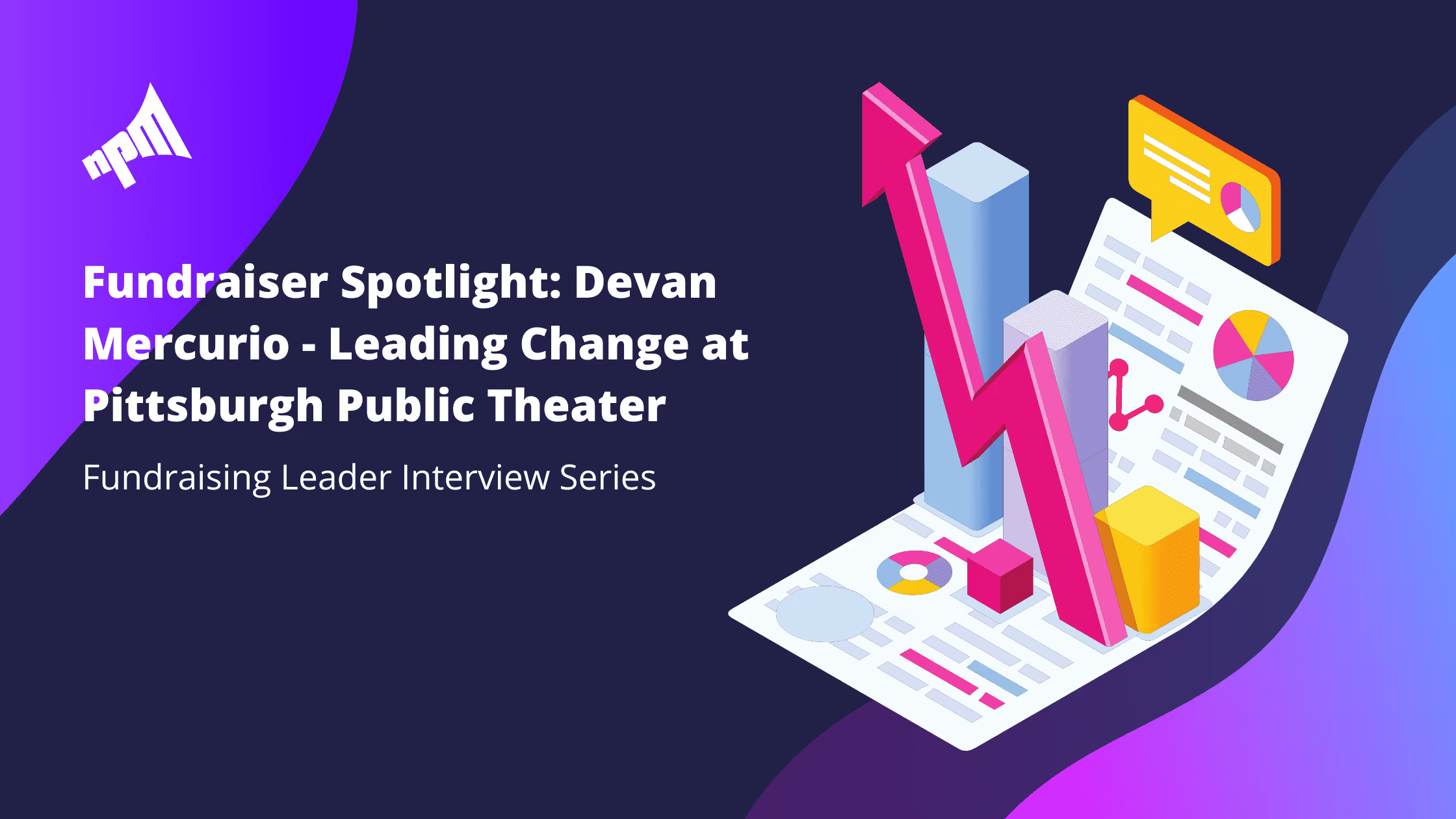





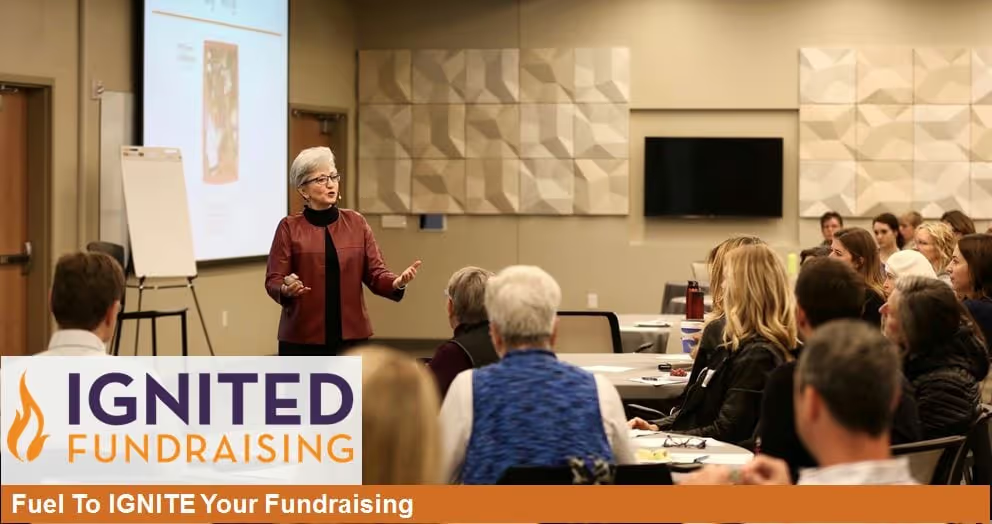



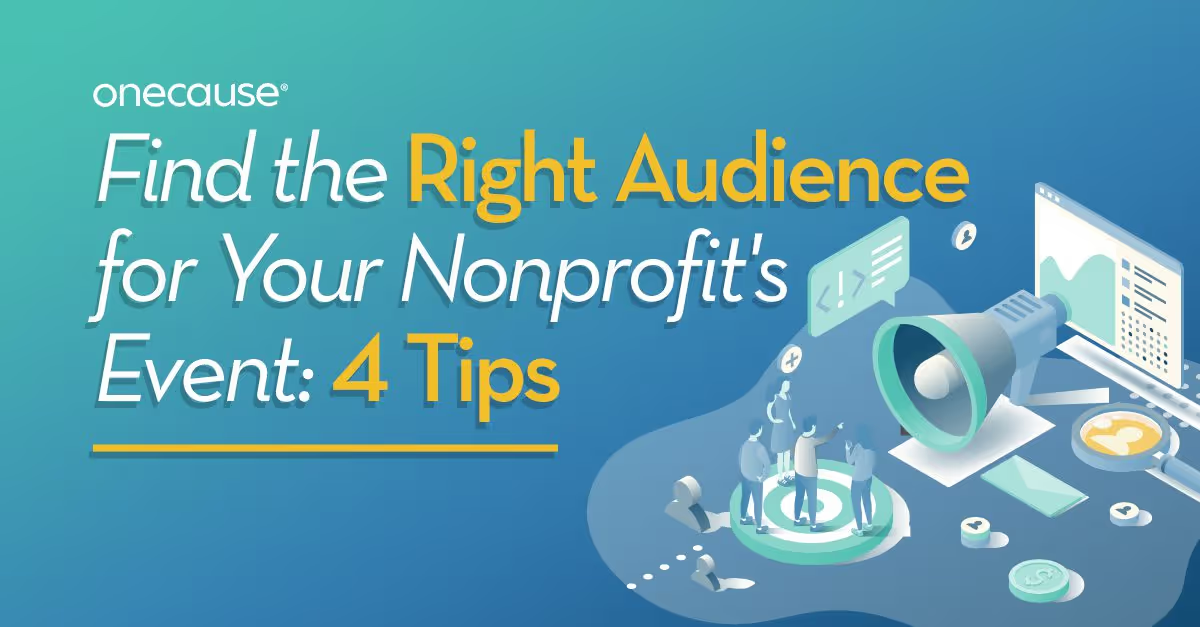










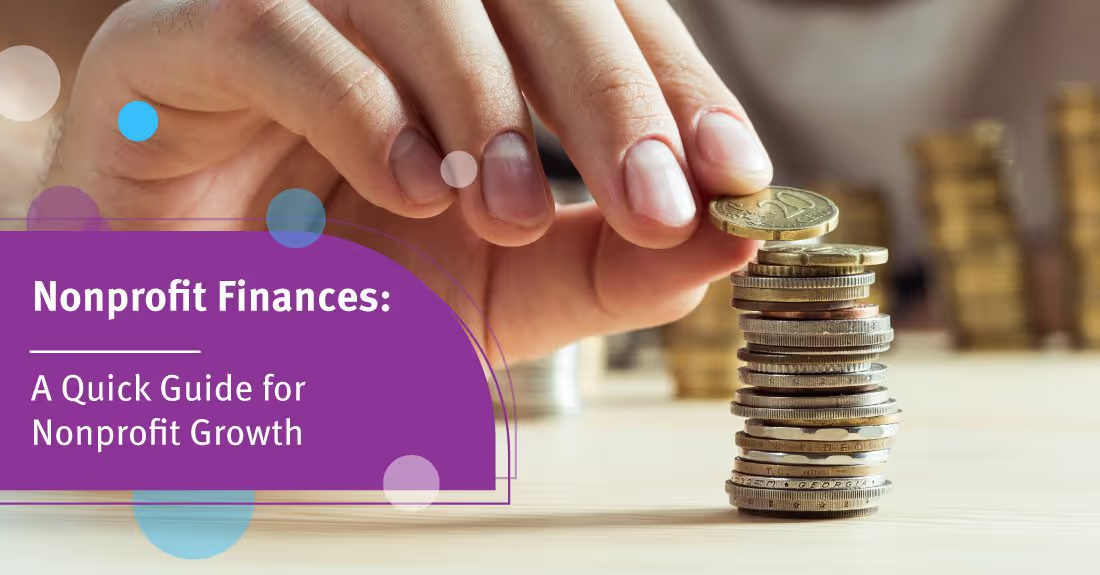


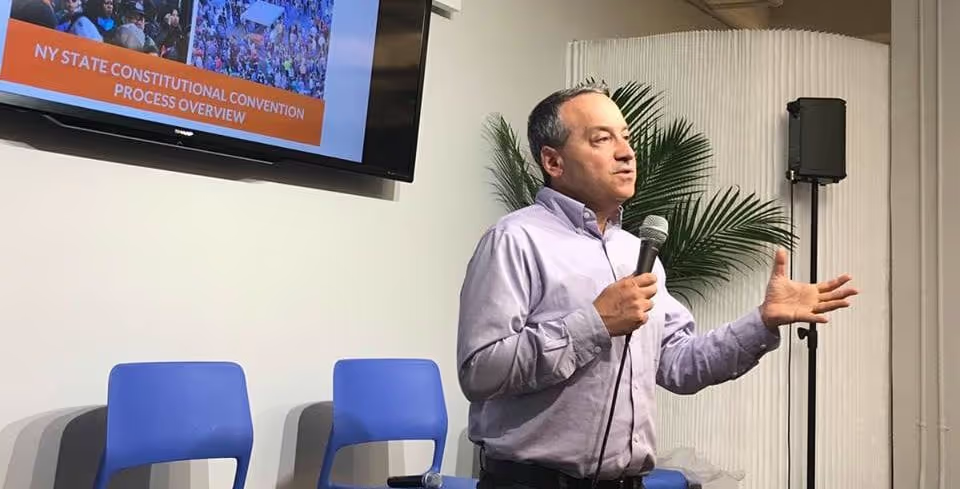








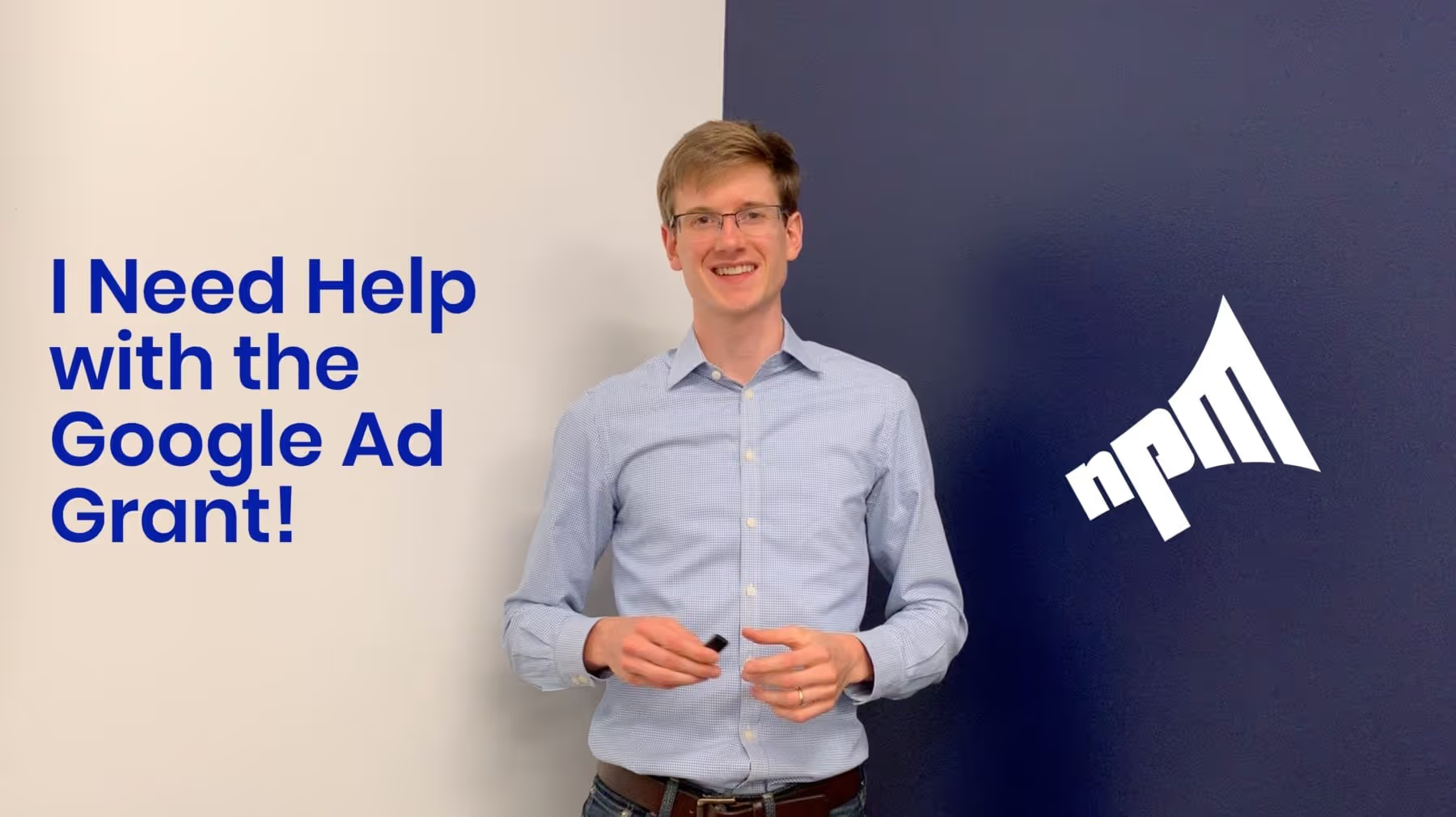





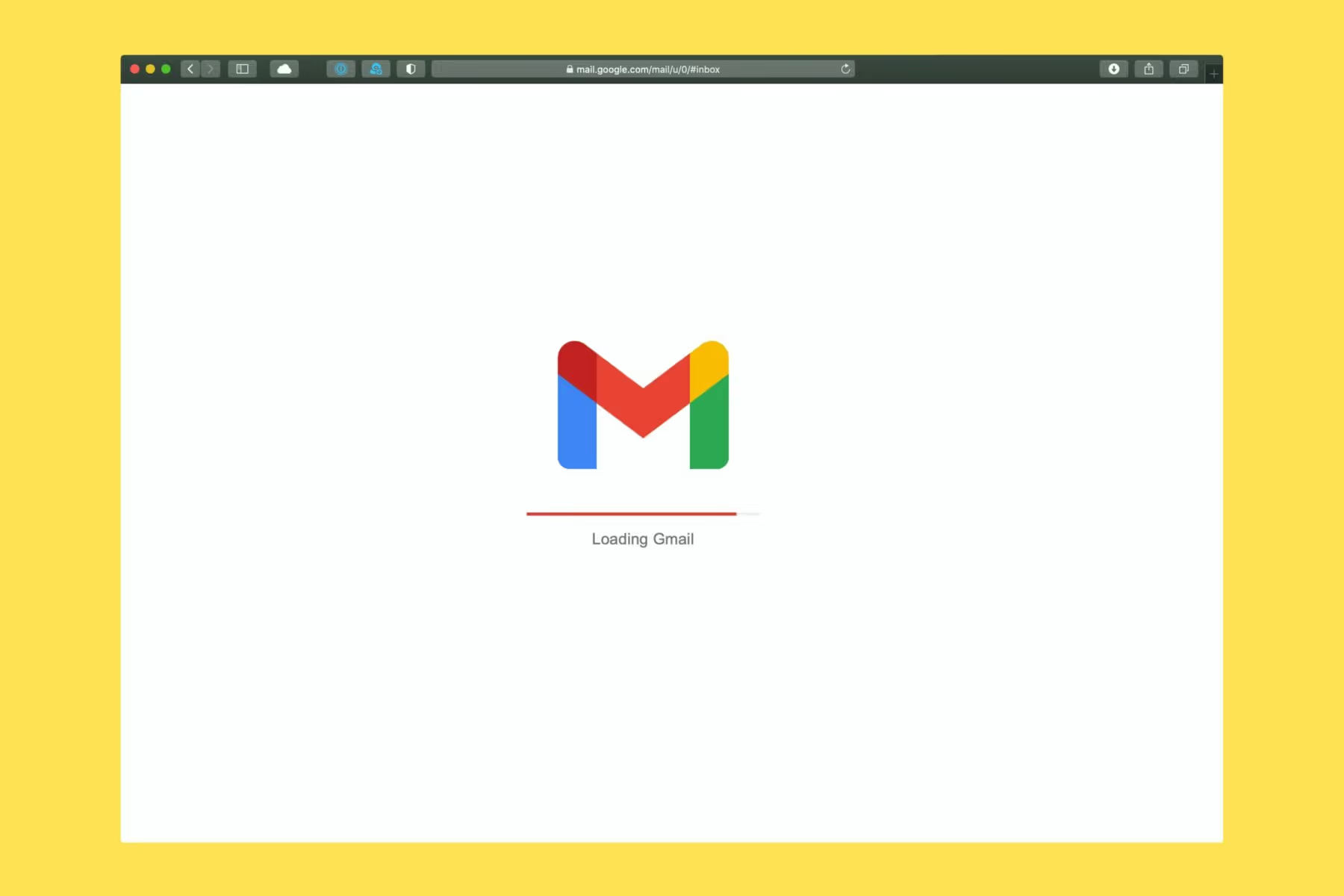














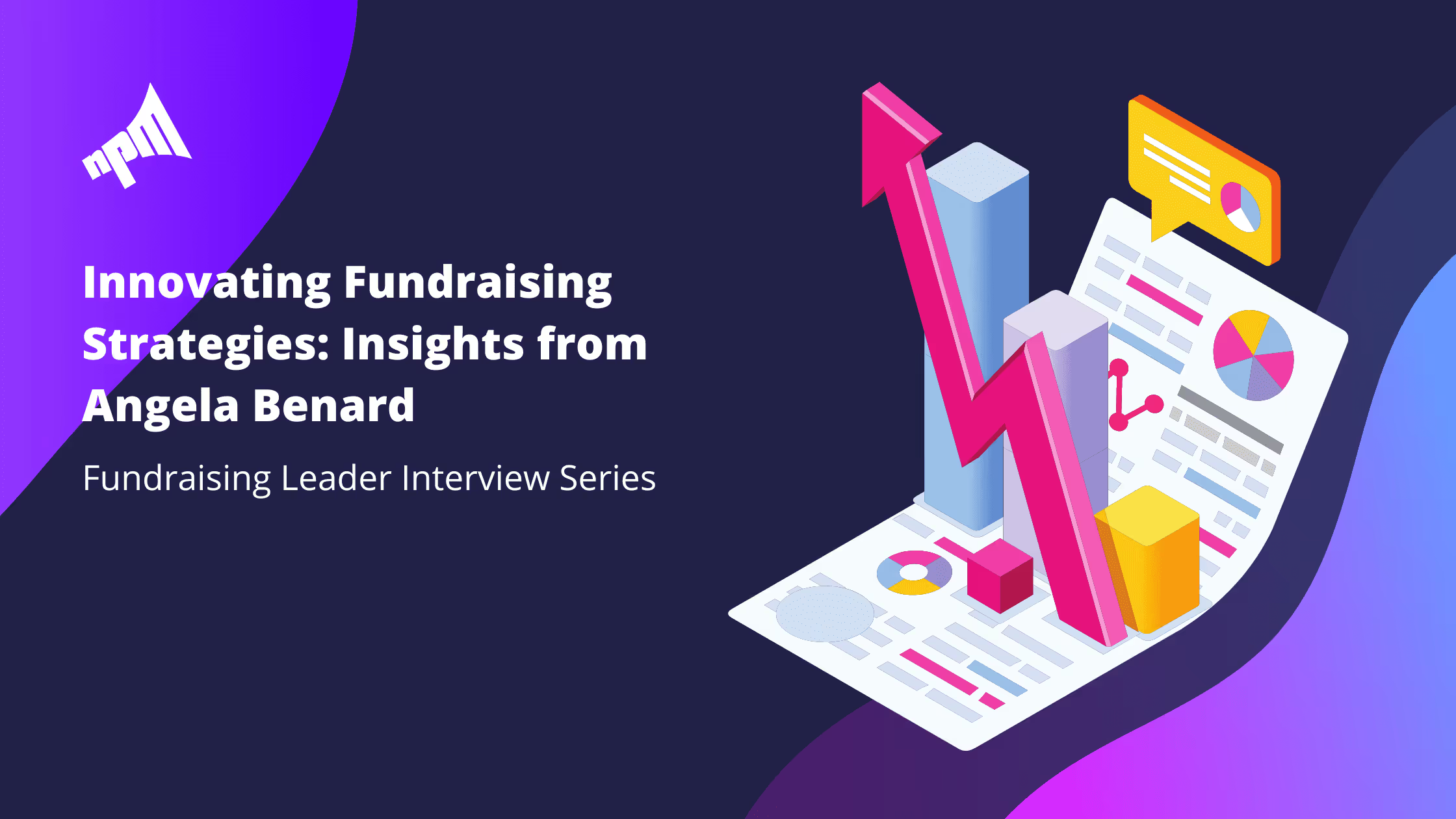





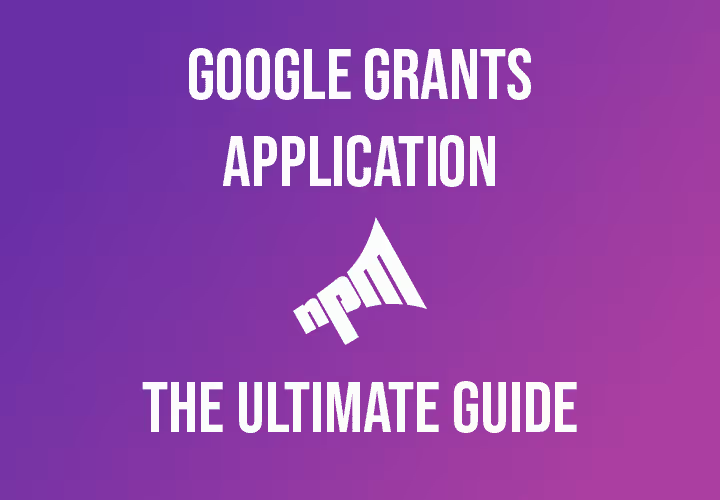

















.svg)
.svg)
.svg)
.svg)